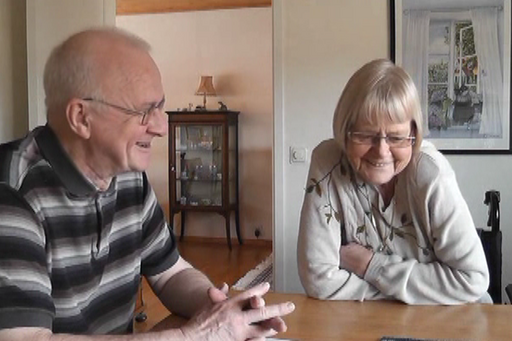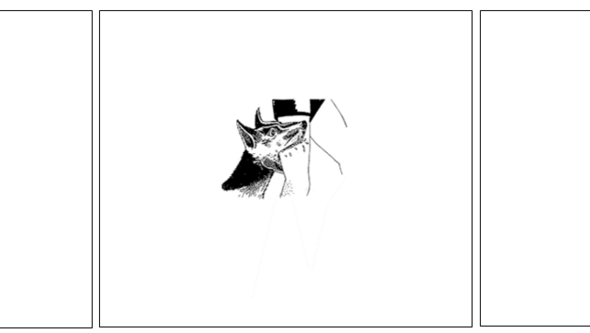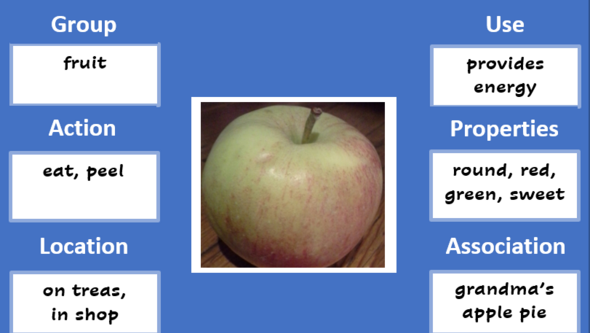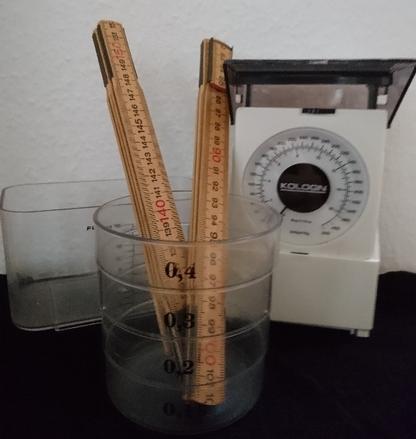Difficulties finding words in stroke and progressive neurological diseases
Short description
The project investigates how the ability to find words and communication in everyday life are affected in persons with brain damage due to stroke, Parkinson's disease or multiple sclerosis (MS)
What is anomia?
Every year, thousands of adults suffer from brain damage that causes anomia, that is, difficulty finding words. Anomia often occurs after a stroke, resulting in a language disorder (aphasia), or in progressive neurological diseases such as Parkinson's disease (PD) and multiple sclerosis (MS). Not finding the right word when trying to tell something can be extremely frustrating and can have major negative consequences for individuals for both how they perceive their participation in everyday life and how others perceive them as persons.
Supported communication in anomia
One often finds different communicative strategies so that one can still express oneself and make everyday life work. An understanding communication partner can also facilitate the conversation with various forms of support. The communication partner can support both comprehension and ability to express oneself by writing key words. Pictures may also illustrate what you want to say, and the communication partner needs to pay attention to gestures and other clues.
The current project investigates how different types of so-called neurogenic communication disorders affect the ability to name objects (nouns) and activities (verbs) as well as how this may be measured. Furthermore, it is explored how people with anomia themselves experience their difficulties and what communicative strategies are used in everyday conversations, as well as whether different types of training programs improve the ability to find words.
Subprojects
Communication with anomia in everyday life
In this subproject, we interview people with anomia due to stroke, Parkinson's disease or MS about their own experience of living with anomia. With the help of communication support, such as pictures and text as well as adaptation of the question structure, people with major word-finding problems are also given the opportunity to tell about how they experience their difficulties in finding words. Moreover, we analyze video-recorded everyday conversations between persons with anomia and a close relative or caregiver. Here, we want to explore how conversation is affected and what the conversation partners do in order to make communication work as well as possible.

Occurrence of word-finding difficulties and longitudinal changes in Parkinson’s disease (PD) and multiple sclerosis (MS)
The ability to find words and tell stories can be affected in different ways depending on the type of disease that caused anomia. Comparisons are performed between groups of people with anomia due to stroke, Parkinson’s disease or MS are performed. In another study, differences between people living with MS and persons without any neurological disease in the retelling of events are explored.
In the current subproject, we also investigate in a longitudinal study how the ability to name activities (verbs) and objects (nouns) is affected in connection with the progression of Parkinson's disease and MS. The participants' ability to name images and retell events as well as their own experience of changes in how communication works in everyday life is followed up for several years.

Method development - how can anomia be identified and measured?
The instruments used to try to capture and measure word-finding difficulties influence the result of anomia assessment. For example, it is difficult to illustrate activities clearly in still images. Thus, difficulties in naming activities in a test might be more due to difficulties in interpreting the image than actual word-finding problems. Another methodological problem is that mild or subtle anomia has proven to be difficult to capture and measure with established assessment methods. In this subproject, methods are developed and evaluated in order to be able to investigate in a reliable way the presence of anomia in word fluency tasks, naming, and description as well as in retelling of events.
Anomia treatment
In this subproject, we investigate the effects of different methods for training naming of objects and activities. In a series of intervention studies, a method is evaluated that is based on improving the access to words partly by strengthening the connections between nerve cells in the brain, and partly by developing the ability to describe what one wants to say in other words with a, so called, semantic feature analysis. The effects of treatment with the method Semantic Feature Analysis with people suffering from anomia due to stroke or MS are investigated in two studies.

Another method that we evaluate in the project is based on theories that the ability to find words is improved if it is trained through the production of a phrase, instead of training individual words. In a series of intervention studies, the method Verb Network Strengthening Treatment (VNeST) is evaluated in treatment of people affected by anomia after stroke.
Publications
Bauer, M. & Saldert, C. (2020). Complex oral semantic verbal fluency in non-brain-damaged adults and individuals with multiple sclerosis and subjective anomia, Aphasiology, 34(12), 1471-1486. https://www.tandfonline.com/doi/full/10.1080/02687038.2019.1676393
Hedman, E., Hartelius, L. & Saldert, C. (2022) Word-finding difficulties in Parkinson’s disease: Complex verbal fluency, executive functions and other influencing factors. International Journal of Language & Communication Disorders, 1–13. (Early Online), https://doi.org/10.1111/1460-6984.12707
Kristensson, J., Behrns, I., & Saldert, C. (2015), Effects on communication from intensive treatment with Semantic Feature Analysis in aphasia. Aphasiology, 29 (4), 466-487. https://doi.org/10.1080/02687038.2014.973359
Kristensson J. & Saldert C. (2018) Improvements in naming after treatment with Phonological components analysis. Clinical Archives of Communication Disorders, 3(2), 137-150. https://doi.org/10.21849/cacd.2018.00367
Kristensson, J., Longoni, F., Östberg, P., Åke, S., Rödseth Smith, S., & Saldert, C. (2021) Evaluation of treatment effects of semantic feature analysis on mild anomia in multiple sclerosis. Aphasiology (Early online), https://doi.org/10.1080/02687038.2021.1900535
Kristensson, J., Saldert, C., Östberg, P., Rödseth Smith, S., Åke, S. & Longoni, F. (2022). Naming vs. non-naming treatment in aphasia in a group setting—a randomized controlled trial (Accepted for publication in Journal of Communication Disorders)
Saldert, C. & Bauer, M. (2017). Multifaceted communication problems in everyday conversations involving people with Parkinson’s Disease. Brain Sciences, 7(10), 123. doi:10.3390/brainsci7100123. http://www.mdpi.com/2076-3425/7/10/123
